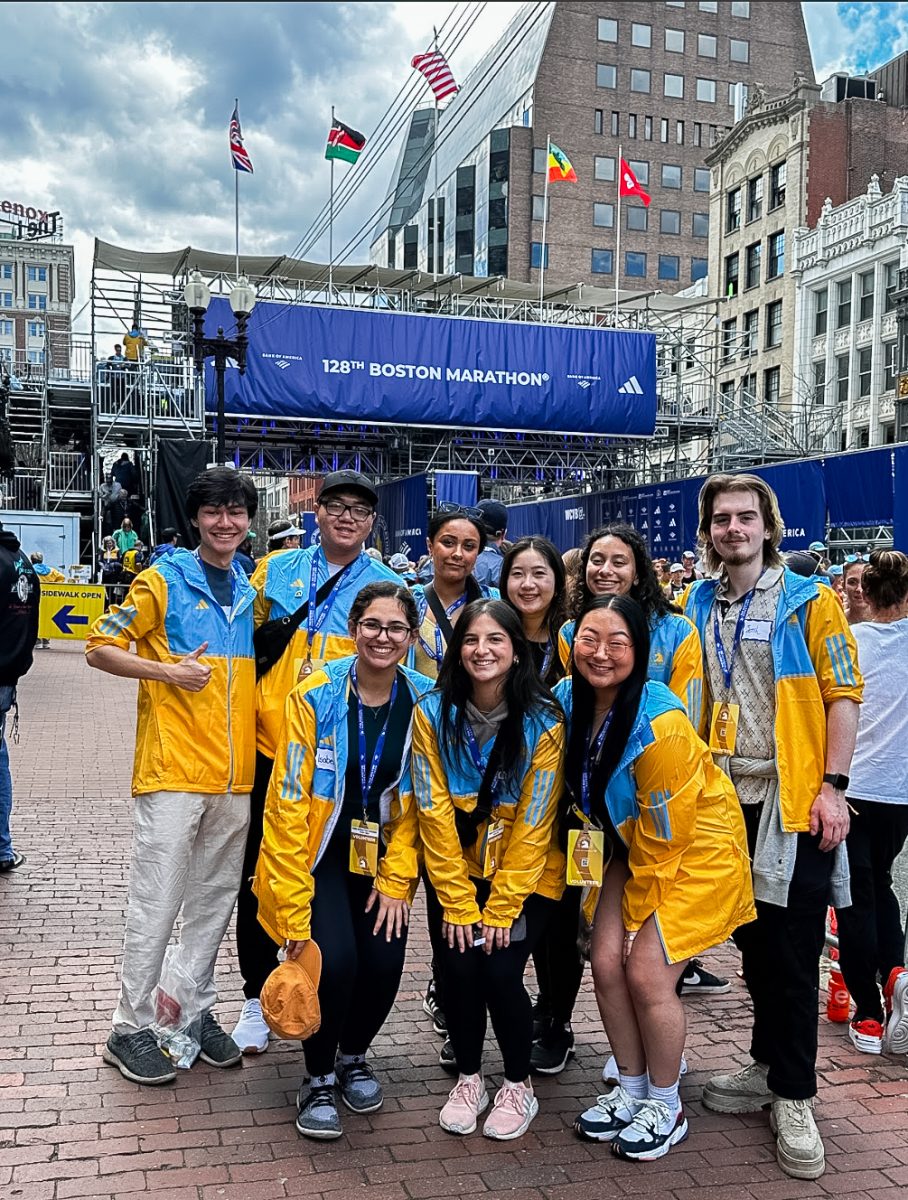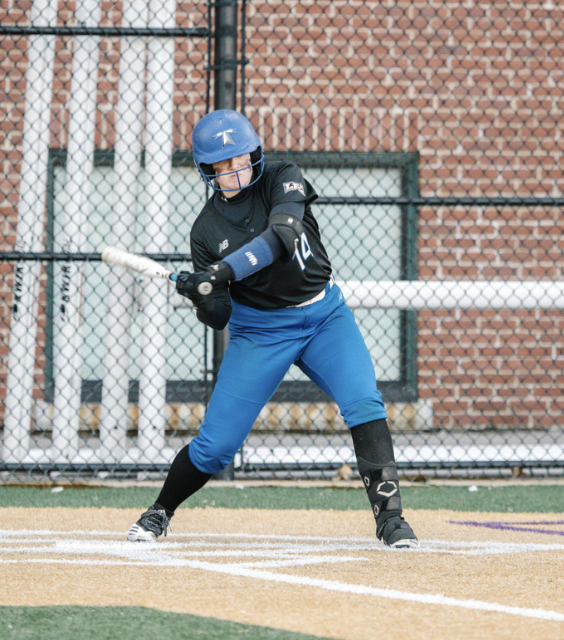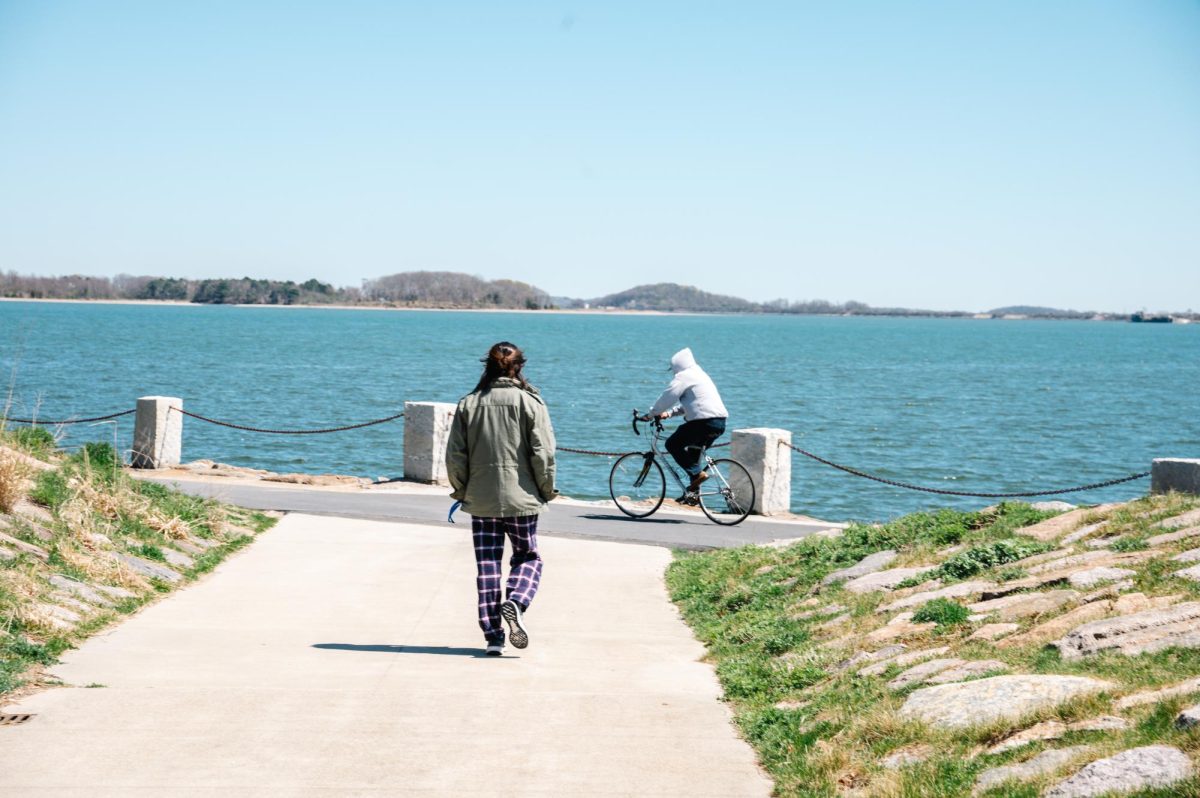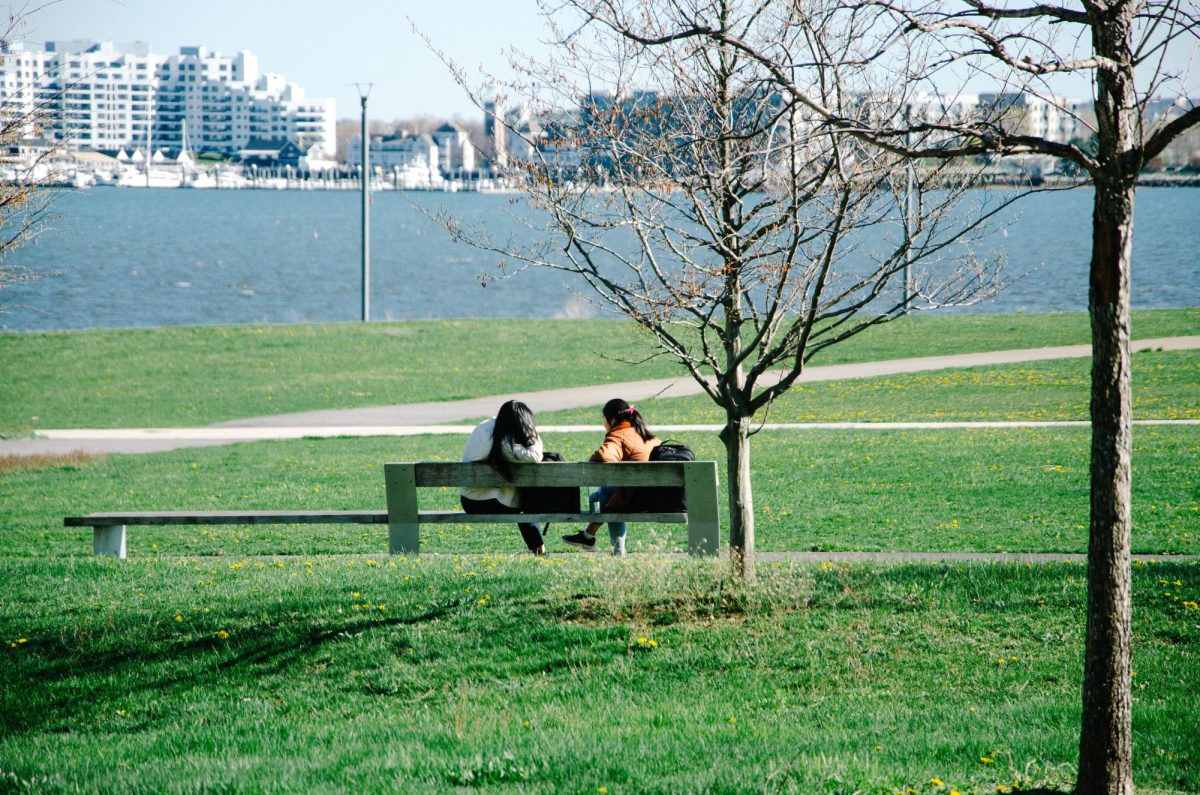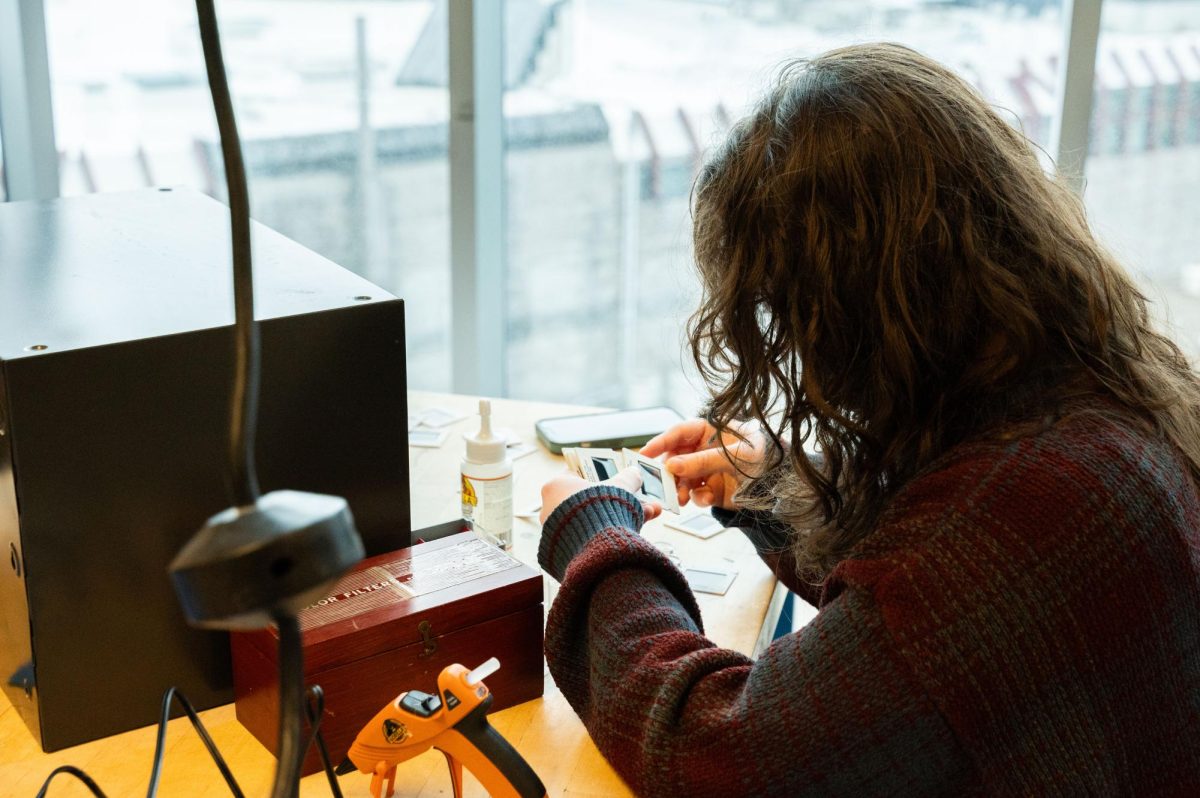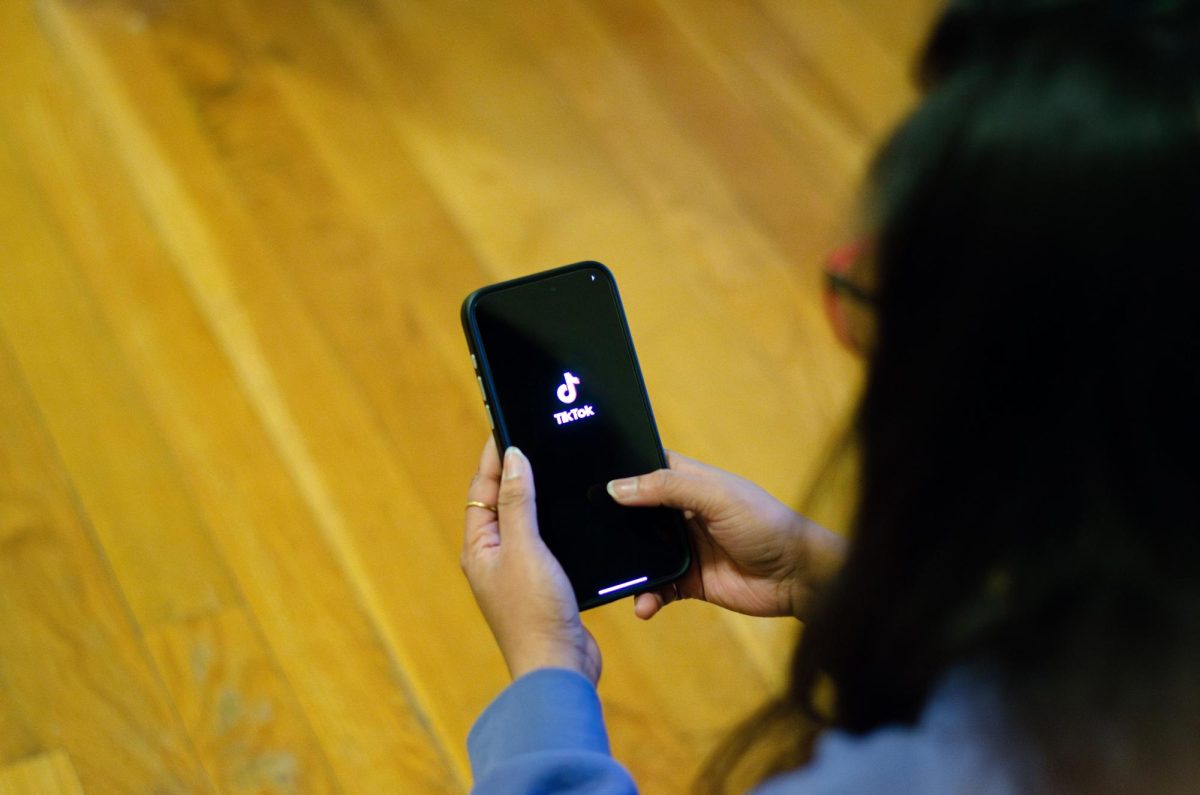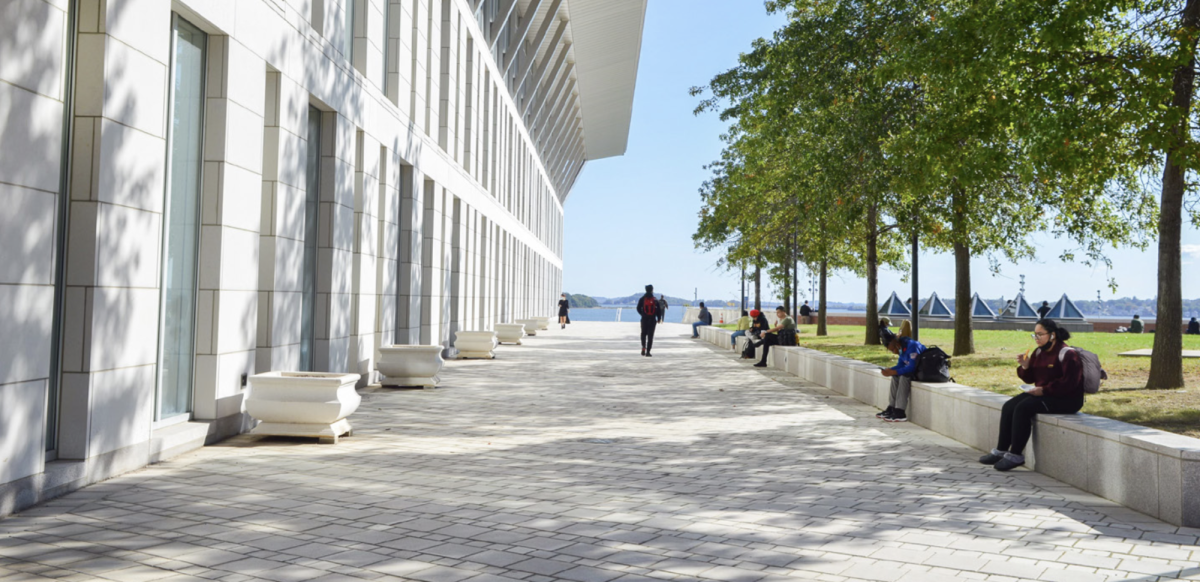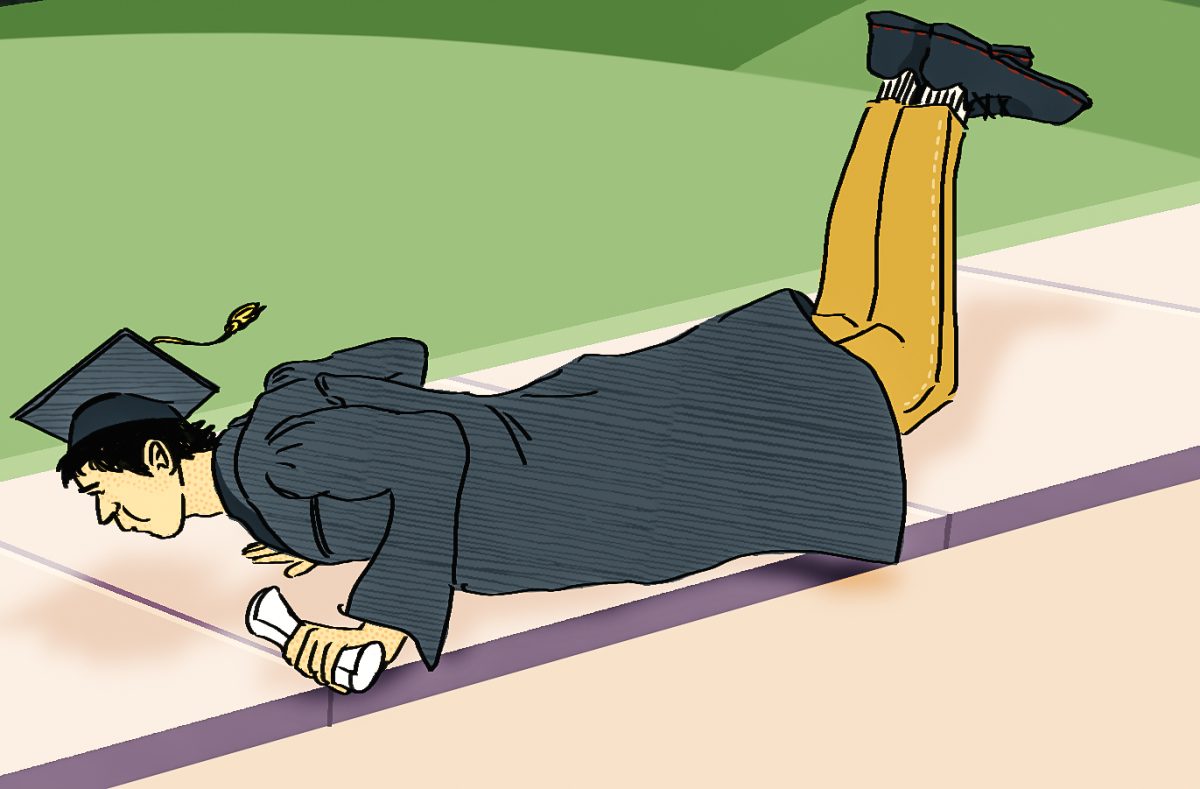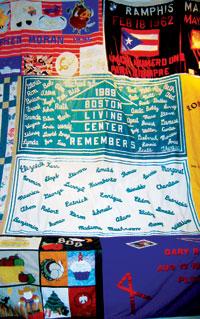Salem is Not Just a Town of Witches
September 18, 2006
It is common knowledge that Boston and Cambridge are home to some of the best art museums in the country, but how many of us knew that just fifteen minutes away by commuter rail in the historic seaside city of Salem lies one of the best, most little known, art museums around. At the end of a cobblestone pedestrian mall is America’s longest continually operated museum, the Peabody Essex Museum.
Since it moved into its new location in June of 2003 the Peabody Essex Museum has gained a reputation as one of the nations leading museums for Asian and maritime art. In addition to the visual art within the museum, the PEM also maintains 24 historic buildings including four national landmarks. The Asian art in the collection of the museum covers all ranges and regions. One can find Japanese, Chinese, Korean, Indian, and Oceanic art. A less extensive aspect to the museum’s collection is their examples of African, Native American, and Maritime art, as well as photography, rare books, and manuscripts.
The maritime art collection includes sterling examples of scrimshaw, model ships, and antique navigational equipment. Another feature of the maritime collection is the museums examples of figureheads, huge carved wooden figures that would be found leaning off the front of the ships that once graced Salem harbor in its heyday. The centerpiece of the maritime collection is a recreation of the brig of Cleopatra’s Barge, the first yacht to cross the Atlantic.
The Asian art collection includes textiles, ceramics, and decorative art from all over the Orient. The museum also contains a vast collection of Netsuke, tiny carved pieces of ivory or wood used to hold a kimono closed. With great care and precision, artists have created miniature works of art in the form of various animals, people, and symbols.
In the Native American section of the museum one finds clothing, pottery, and decorative by some of America’s oldest inhabitants. There are a number of ritual objects that range from dance wands to pipes to elaborate headdresses. Within the collection are pieces by some of today’s most renowned Native American artists. Taking up most of one room,Truman Lowe’s Installation, 2003 is the most dramatic piece of the collection, a mixed media piece of wood and wire, the sheer size draws the viewer into the mix of intricacy and simplicity that flow simultaneously through it.
The most astounding aspect of the museum is Yin Yu Tang, a Quing dynasty merchant’s house relocated from the village of Huang Cun in the Anhui province of southeastern China to the museum. The house is maintained to look much as it had in its original home in China, 17 bedrooms in which three generations of the Huang family lived, the courtyard, kitchen, and reception halls are all laid out in the tradition of Feng Shui, an ancient Chinese practice of arrangement in order to keep in alignment with the environment. The house comes complete with fish pools and a spirit wall, a door that requires one to step to one side to get around it and enter in order to prevent evil from entering. The home is a must see for anyone with the pleasure of taking the trip up to the Peabody Essex Museum and the extra $4 for admission to the Yin Yu Tang is well worth it.




